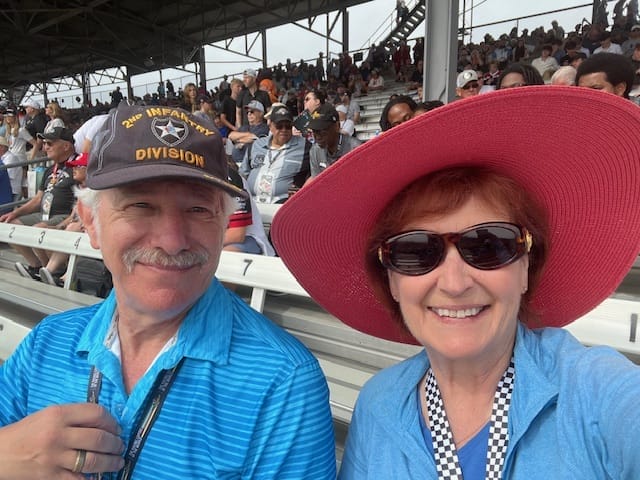San Francisco’s Mayor, Jane Lurie, just dropped a new plan to cut back on the number of RVs lining city streets. The initiative has stirred up a lot of debate, especially since it’s targeting the growing crowd of folks using RVs as long-term homes.
Critics say the plan is both harsh and kind of pointless, since it doesn’t really offer real alternatives for people who rely on their RVs. Let’s take a closer look at what Lurie’s proposing, what it could mean for the RV community, and how it fits into the bigger conversation about city life and homelessness.
The Core of Lurie’s Plan
Lurie’s strategy mixes enforcement with some support measures. The plan brings in tighter parking rules, more law enforcement, and sets up specific spots for RV parking.
Basically, they’re trying to keep people from using city streets as long-term RV parking and push them toward these new sanctioned areas. Whether that’ll work as intended is another question.
Increased Parking Restrictions
A big part of the plan is stricter parking rules. The city wants to enforce no-parking zones in neighborhoods and business areas where RVs usually turn up.
By shrinking the places where RVs can park, they’re hoping to make RVs less visible and common on the streets. If you’re living out of your vehicle, that’s a pretty big change to deal with.
Enhanced Law Enforcement Presence
The plan also calls for more cops on the beat. They’re planning regular patrols and will ticket RVs parked where they’re not supposed to be.
The idea is that more enforcement will push RV dwellers out of restricted zones and maybe nudge them toward other options. Whether that feels fair or just plain stressful is up for debate.
Designated RV Parking Areas
Lurie says the plan isn’t just about cracking down—there’s a “humane” angle too. The city wants to set up designated RV parking areas with basics like water, electricity, and waste disposal.
Supposedly, this gives RV dwellers a safer, cleaner place to park while clearing up the streets. But is it enough?
Challenges and Criticisms
Plenty of RV dwellers and advocacy groups aren’t buying it. They point out that the designated areas won’t come close to meeting the actual demand.
Many people living in RVs say this plan skips over the real issues—like the lack of affordable housing and the shaky economy that pushes people into vehicles in the first place.
Impact on the RV Community
For lots of folks, an RV isn’t just a ride—it’s home. The new rules could force them to move constantly, making life even more unstable.
And with not enough official parking spots, many are left wondering where they’re even supposed to go.
Alternative Solutions
Some people admit Lurie’s plan has a few good intentions, but there are other ways to help the RV community that might actually work better. These ideas focus more on long-term help and real resources, not just moving people around.
Increasing Affordable Housing
Honestly, the city needs to build more affordable housing. If there were more decent, budget-friendly places to live, fewer people would end up in RVs in the first place.
Tackling the root of the problem—housing—just seems like common sense, doesn’t it?
Support Services for RV Dwellers
Another approach? Offer support services that actually fit what RV dwellers need. Stuff like job help, financial advice, and healthcare access could make a real difference.
If the city stepped up with this kind of support, maybe more people could get back on their feet and out of their vehicles for good.
Conclusion
Mayor Lurie’s push to move RVs off San Francisco streets has stirred up quite a bit of controversy. The plan tries to reduce the number of visible RVs in public spaces, but honestly, it doesn’t really offer enough options for people who live in those vehicles full-time.
Instead of getting at the roots—like the lack of affordable housing or the city’s economic struggles—it mostly leans on stricter rules and a few designated parking spots. Are these efforts enough? It feels like San Francisco needs to look at bigger, longer-term ideas that actually help the RV community, not just shuffle them around.
If you want to dig deeper or see all the details, check out the full article over at the San Francisco Standard.

